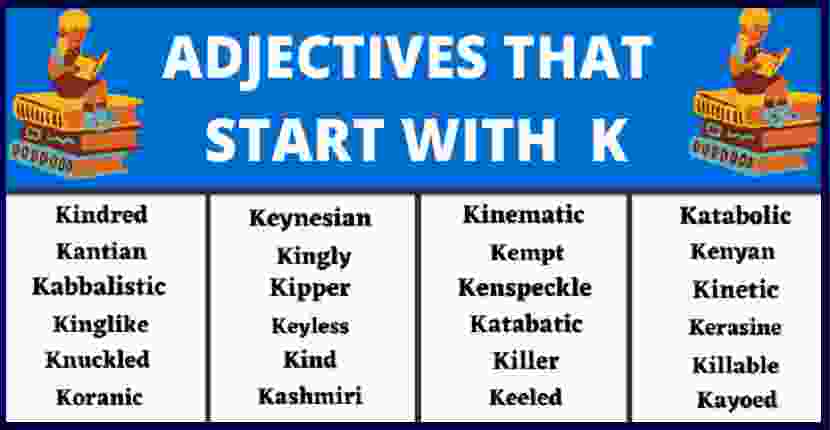Today in this article we are going to introduce you Direct and Indirect Speech to increase your English vocabulary knowledge. In the earlier post you have read about the in detail.
Direct and Indirect Speech-
(Grammar Rules and Great Examples)
Every day, people relay messages from one person to another. Whether it is to prove a point, describe an event, or disclose an opinion, we use the freedom of speech to share information. There are generally two ways of reporting a spoken idea: direct and indirect speech. This article shall explain and compare these two types of speech. Some examples are also provided to give you a more in-depth understanding.
Direct and Indirect Speech
Both direct and indirect speech are methods to narrate the words spoken by a specific person. The difference between them lies in how they are constructed and in the purpose of using them.
Direct Speech
In a direct speech, the actual words of the speaker are quoted explicitly. It is often used to relay something being said in the present tense. It can also be used to recall the exact words of the speaker when retelling a previous conversation. You can recognize a direct speech instantly because it has a text enclosed in a set of quotation marks. That text or idea is known as the reported speech.
डायरेक्ट एंड इनडायरेक्ट स्पीच –
Examples:
He says, “I want to adopt a dog.”
Julia asks, “What do you want to have for dinner?”
Penny answers, “I would like to have some soup.”
“I have a new job,” Kyle says to us.
“I will be working as a virtual assistant,” he added.
As you can see, direct speech can be presented in different tenses: past, present, or future. It depends on when the actual words were spoken and when the reporter is retelling them. Also, reporting verbs (say, ask, answer, etc.) are not necessarily placed before the quoted text. You can also place them after it.
This type of speech is often used in writing novels or telling a story. This is because it gives the text a more actual and realistic effect.
Indirect Speech
Indirect speech is usually used to relay what was being said by the speaker without directly quoting the original words. In this case, the tense of the sentence is typically changed. Reporting verbs, such as say, tell, ask, and others, are used as an introduction. The words of the original speaker will not be enclosed inside the quotation marks. Instead, the word “that” is used to connect the reporting verb to the reported text.
Direct and Indirect Speech-
Examples:
He says that he wants to adopt a dog.
Julia asks Penny what she wants for dinner.
Penny answers that she would like to have some soup.
Kyle told us that he got a new job.
He added that he will be working as a virtual assistant.
The above sentences are actually converted from the previous examples of direct speech. Aside from eliminating the quotation marks, correct pronouns are also used. Additionally, the reporting verbs are now all found before the reported speech. The reporting verb is then followed with “that.”
Converting Direct to Indirect Speech-
Now, let us specify the rules in converting direct speech to indirect speech. Here are the steps on how to do so:
No.-1. Eliminate the quotation marks that enclose the relayed text.
The quotation marks are the primary indication of a direct speech. Therefore, it is crucial to take them out if you are forming an indirect one.
No.-2. Retain the tense of the reporting verb and add the word “that” after it.
You have to retain the tense of the reporting verb to allow consistency of reports. Instead of placing a comma to separate the reporting clause from the reported one, the word “that” is added. However, if the reported speech is a yes-no question, you use “if” instead of “that.” If the question starts with who, what, when, where, etc., no additional words are needed. Instead, you have to rearrange the sentence into a declarative form.
Example:
Direct Speech: She says, “I want to go to Paris.”
Indirect Speech: She says that she wants to go to Paris.
Direct Speech: She asks, “Do you want to go to Paris?”
Indirect Speech: She asks me if I want to go to Paris.
Direct Speech: “Ms. Thompson, where are you going?” I asked.
Indirect Speech: I asked Ms. Thompson where she was going.
Direct and Indirect Speech-
No.-3. Change the tense of the verb in the reported speech, if needed.
If the reporting verb is in the past tense, you should change the tense of the verb inside the reported speech into its past tense. This is not necessary if the reporting verb is in the present or future tense.
Examples:
Direct Speech: He said, “I am watching a new TV series.”
Indirect Speech: He said that he was watching a new TV series.
Direct Speech: He says, “I am watching a new TV series.”
Indirect Speech: He says that he is watching a new TV series.
Of course, you have to consider the correlation between the report and the idea on the quoted text. Sometimes, a change in tense is not needed even if the reporting verb is in the past tense.
Examples:
Direct Speech: He said, “I will be watching a new TV series.”
Indirect Speech: He said that he will be watching a new TV series.
Direct Speech: He said, “I watch TV series every night.”
Indirect Speech: He said that he watches TV series every night.
For the first example, the quoted text is still about to happen. So, you don’t need to change the tense of the sentence inside the quotation. For the second example, watching TV series is implied as a habitual action. Therefore, you still have to retain the present tense of the verb.
Direct and Indirect Speech-
No.-4. Change the pronouns accordingly.
You should also change the pronoun based on who the speaker, doer, and receiver of the action is.
Example:
Direct Speech: Wendy says, “Ron, you should take care of yourself.”
Indirect Speech: Wendy told Ron that he should take care of himself.
Appropriate changing of pronouns is done to avoid misunderstanding the whole text.
If pronouns are not changed, it might confuse the reader or the listener as to who is saying or doing the action.
The change in pronouns gives rise to changes in the plurality of the verb used.
That being said, you have to consider and follow correct subject-verb agreement at all times.
Tense Changes in Indirect Speech
Verb Tenses Changes
Direct and Indirect Speech
Present Simple Tense into Past Simple Tense
For example:
Direct speech: She always wears a coat.
Reported speech: He said (that) she always wore a coat.
Present Continuous Tense into Past Continuous Tense
For example:
Direct speech: I‘m looking for my keys.
Reported speech: She said that she was looking for her keys.
Direct and Indirect Speech-
Present Perfect Tense into Past Perfect Tense
For example:
Direct speech: She has written three letters for her friend.
Reported speech: He said she had written three letters for her friend.
Past Simple Tense into Past Perfect Tense
For example:
Direct speech: My friend gave me a bar of chocolate.
Reported speech: He said that his friend had given him a bar of chocolate.
Past Continuous Tense into Past Perfect Continuous Tense
For example:
Direct speech: We were living in London.
Reported speech: They said that they had been living in London.
Past Perfect Tense (The tense remains unchanged)
For example:
Direct speech: The bread had gone stale.
Reported speech: She said the bread had gone stale.
Future Simple Tense (e.g. will) into “would“
For example:
Direct speech: I will finish my report in two days.
Reported speech: He said that he would finish his report in two days.
Future Progressive Tense (e.g. will be) into “would be“
For example:
Direct speech: I will be making tea.
Reported speech: He said (that) he would be making tea.
Future Perfect Tense (e.g. will have) into “would have“
For example:
Direct speech: I will have called a doctor.
Reported speech: He said (that) she would have called a doctor.
Future Perfect Tense (e.g. will have been) into “would have been“
For example:
Direct speech: All the money will have been spent.
Reported speech: He said (that) all the money would have been spent.
Other Verb Form Changes in Reported Speech
Direct and Indirect Speech-
Can into Could
For example:
Direct speech: I can speak English.
Reported speech: She said she could speak English.
Could (The verb remains unchanged)
For example:
Direct speech: He could play in the match.
Reported speech: They said he could play in the match.
Have to into Had to
For example:
Direct speech: I have to submit this assignment by 3 pm tomorrow.
Reported speech: She said she had to submit this assignment by 3 pm tomorrow.
Must into Must/Had to
For example:
Direct speech: I must go to the bank and get some money.
Reported speech: She said she must/had to go to the bank and get some money.
May into Might
For example:
Direct speech: I may invite them to dinner.
Reported speech: She said that she might invite them to the dinner.
Might (The verb remains unchanged)
For example:
Direct speech: He might get a flight tomorrow.
Reported speech: She said he might get a flight the next day.
Should (The verb remains unchanged)
For example:
Direct speech: I should start a job.
Reported speech: She said that she should start a job.



